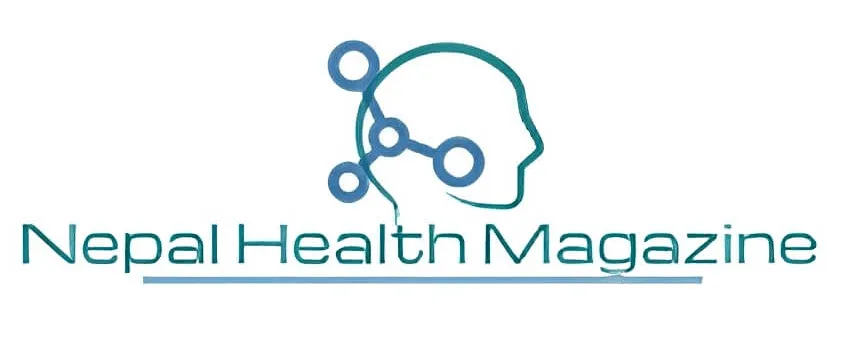COVID-19: Occupational health and safety for health workers WHO Key Messages
- Health workers should continue to enjoy their right to decent, healthy and safe working conditions in the context of COVID-19.
- Primary prevention of COVID-19 among health workers should be based on risk assessment and introduction of appropriate measures.
- Other occupational risks amplified by the COVID-19 pandemic, including violence, harassment, stigma, discrimination, heavy workload and prolonged use of personal protective equipment (PPE) should be addressed.
- Occupational health services, mental health and psychosocial support, adequate sanitation, hygiene and rest facilities should be provided to all health workers. Health-care facilities should have occupational health programmes in conjunction with programmes for infection prevention and control.
- Employers have the overall responsibility to ensure that all necessary preventive and protective measures are taken to minimize occupational risks to health workers.
- Health workers are responsible for following established rules for the protection of their health and safety at work.
This document is an update of the World Health Organization (WHO) interim guidance, Coronavirus disease (COVID19) outbreak: rights, roles and responsibilities of health workers, including key considerations for occupational safety and health, from 18 March 2020 (1). This version, which is based on new and emerging evidence, provides guidance on occupational health and safety measures for health workers and occupational health services in the context of the COVID-19 pandemic. It also updates the rights and responsibilities for health and safety at work for health workers according to the standards of the International Labour Organization (ILO).
This document complements and should be used in conjunction with the following WHO interim guidance. Prevention, identification and management of health worker infection in the context of COVID-19 from 30 October 2020, which provides recommendations for post-exposure risk assessment and management of infections in health workers (2), and Health workforce policy and management in the context of the COVID-19 pandemic response from 3 December 2020, which contains strategic policy recommendations for health workforce planning, support and capacity-building (3).
This guidance was developed on the basis of a review of existing WHO and ILO guidance documents, rapid reviews of evidence about occupational risks that have been amplified by the COVID-19 pandemic and expert opinion from an independent international group of experts. It is intended for employers and health-facility managers, health workers and their representatives, occupational health and safety experts, infection prevention and control experts in public and private health facilities and policy-makers at national and subnational levels
Hazard Control for COVID-19: Occupational health and safety for health workers WHO
a) Hazard elimination. Eliminating exposure to the infectious hazard in the working environment is the most effective control. This may be through working remotely, provision of telehealth services from individual offices or teleconferencing.
b) Engineering/environmental controls. If the hazard cannot be eliminated from the workplace, measures
should be taken to avoid or reduce the spread of the pathogen and its concentration in the work
environment. For example, through adapted structural design conducive to patient flow and spatial
separation for isolating patients, and design and repurposing of wards (11, 21). Adequate ventilation,
sanitation practices and infrastructure, ‘touch-free’ technology, sneeze guards and barriers, safer needle
devices and safe health-care waste management are other critical elements (22, 23).
c) Administrative controls. Measures may need to be taken to change the way people work such as: restricting workplace access to essential workers with specific training and skills for protection; ensuring appropriate working hours; rostering and, where possible, avoiding workers being shifted from high to low transmission settings.
Other helpful controls include the addition of surge personnel to meet work demands; rest breaks; time off
between shifts; appropriate task delegation; supportive supervision; ‘just-in-time’ and refresher training on
IPC practices; procedures for monitoring performance and giving feedback (24); paid sick and holiday
leave; and, policies for workers to stay home
d) Optimal use of PPE. Measures should be in place to protect individual health workers from exposure,
including provision of adequate and appropriately fitted PPE based on risk assessment, the type of
procedure to be performed and the risk of infection during a procedure. Appropriate training and
monitoring on proper use and disposal of PPE is also important (12). The PPE used for protection against
occupational infections should comply with standard technical specifications
- Webinar on World Hand Hygiene | Register today
- World’s First 5-in-1 vaccine against meningitis | Men5CV
- World Health Worker Week 2024 | Know theme
- World Autism Awareness Day 2024 | Know theme
- Staff Nurse | OCH | latest jobs vacancy 2024
- World Hepatitis Summit 2024 | WHO
- Staff Nurse | TLMN | ngo jobs 2024
- World Health Day 2024 | Know theme
- Measuring access to assistive technology in Nepal | Country Report
- Migration Health Nurse | IOM | ingo jobs
- Nursing Officer | Kopila Valley | nursing jobs 2024
- Benefits and risks of using artificial intelligence for pharmaceutical development and delivery | WHO
bachelor jobs bph jobs covid19 health health for all health guidelines new health jobs healthjobs healthjobs in nepal health jobs vacancy health public health update ingo jobs jobs after passing bachelor jobs for bph jobs in nepal jobs in ngo ngo jobs ngo jobs vacancy ngo jobs vacancy for bph ngo job vacancy 2021 nurse jobs nurse jobs 2021 nurse vacancy nursing insurance nursing job nursing jobs nursing jobs 2021 nursing jobs in nepal nursing law nursing officer Nursing Vacancy Public health Public health concern public health important days Public health in Nepal publichealth jobs public health updated Staff Nurse Staff Nurse and HA Vacancy | Nepal Army 2021 staff nurse vacancy staff nurse vacancy in ngo 2021 nepal staff nurse vacancy kathmandu who guidelines WHO official

Hey there, I am Nirdesh Baral, founder of Nepal Health Magazine. I am a Tech geek by passion , Public health practitioner by profession and an Ailurophile by heart and a patriot by birth



